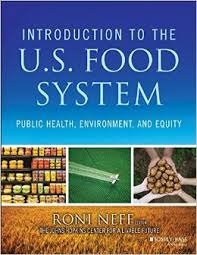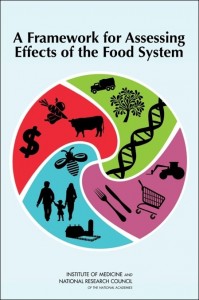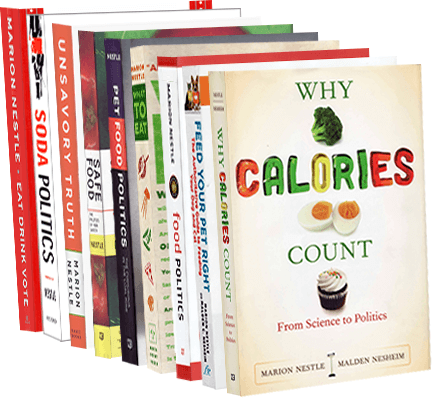The School Nutrition Association (SNA) is the organization that ostensibly represents the interests of school food service personnel.
I say ostensibly because the SNA has moved in a quite different direction. It now fully represents the interests of its corporate food industry donors.
In the recent past, it supported federal efforts to improve the nutritional quality of school meals. Now it fights all efforts to do so.
Recent events illustrate these points.
1. Nancy Huehnergarth reports on the SNA meeting in Phoenix:
The annual conference, which this year ran from January 11 through 13, is “where school nutrition directors and industry representatives [came] together to build successful partnerships to better serve the nation’s children,” according to the SNA’s website. But a review of the conference agenda, speakers, educational sessions and sponsors paint a far different picture — one of an overwhelmingly industry-driven event heavy on the promotion of food and beverage offerings from major processed food corporations.
2. The SNA has just issued a Position Paper on school meals.
It calls for more funding for school meals (good idea).
But then it insists on some very bad ideas:
- Stop requiring fruits and vegetables to be served with every meal.
- Don’t require so much whole grain.
- Back off on lower sodium.
- Allow any junk food to be part of the reimbursable meal.
- Allow any junk food to be sold in competition with school meals.
In other words, return to the junk food school environment that flourished before the Institute of Medicine wrote two reports on improving the nutritional quality of school meals, Michelle Obama instituted Let’s Move!, Congress passed the Healthy, Hunger-Free Kids Act of 2010 authorizing USDA to set nutritional standards, USDA wrote those standards, and most schools in the United States went right ahead and implemented them.
The ostensible reason for the pushback? Prevent waste.
3. The Food Research and Action Center (FRAC) did an analysis of trends in student participation in school meals.
This research firmly counters the idea that students are turning away from school meals in droves in order to avoid having to eat fruits and vegetables. It cites the recession and the increased price of the lunches as the reasons for the decline in participation.
Writing in Politico, Helena Bottemiller Evich points to the politics:
Student rejection of fruits, vegetables and whole-grain products and declining participation has been a key part of the political debate over the push to relax some of the new standards. The move has sparked a battle that is expected to intensify this year as Congress looks to reauthorize the law governing school nutrition programs.
4. Tom Stenzel, president and CEO of United Fresh Produce Association issued a response to SNA.
While we agree with many recommendations in the School Nutrition Association’s (SNA) 2015 Position Paper, we are deeply disappointed that SNA has chosen to continue its ill-advised fight against serving kids more fruits and vegetables in schools. The requirement that kids receive one-half cup of fruits or vegetables in school meals is being successfully met by tens of thousands of schools across the country. This is a modest step for the health of our children, especially in these critical learning years. When health classes teach students to make Half Their Plate consist of fruits and vegetables, it would be unconscionable for the school cafeteria to undercut that message by not serving at least one-half cup in school meals.
With friends like the SNA, school food advocates don’t need enemies.
Chalk this one up to food industry divide-and-conquer strategies. Food companies pay SNA’s bills. They get what they pay for.
The SNA ought to be the strongest advocate for healthier school meals. It’s a tragedy that this organization has become the leading defender of junk food.




